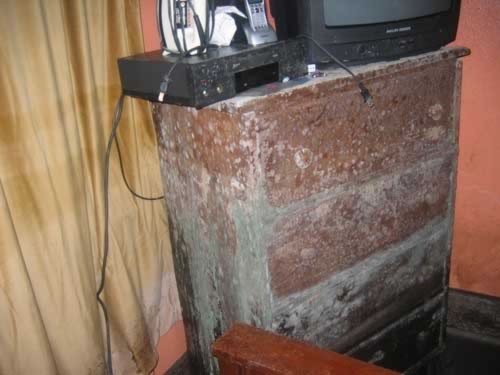Universal retirement tool Build a Couch Potato Margarita portfolio
Post on: 20 Апрель, 2015 No Comment

Related
Free-market competition has delivered to working savers what five decades of legislative effort failed to provide — virtually universal access to low-cost investing.
How low? Try this. The Federal Thrift Savings Plan offered to government workers has been the lowest-cost 401(k) plan in the country for many years. It has an annual cost of 3 basis points, or three one-hundredths of 1 percent. This reduces the cost of retirement saving to essentially trivial levels, enough that the vast majority of the return on investment goes to the actual saver, not the financial services industry.
The cost of the TSP is so low that the Investment Company Institute, which represents the nation’s mutual fund firms, declared that it was priced at an artificially low level and could not be used as a model for private-sector plans. That was in 2008.
Today, several of the largest financial services firms are competing to offer IRA accounts where we can manage our money for about 10 basis points.
In comparison, the average expense ratio of all balanced mutual funds is 1.26 percent — nearly 13 times as much.
Great equalizers
Only a handful of very large company 401(k) plans approach the low cost of the Thrift Savings Plan — companies such Exxon Mobil Corp. IBM Corp. and Texas Instruments Inc. Yet today anyone anywhere in America can invest at about the same cost. This includes the waitress-bartender whose email I answered in a column last month. Equally important, it can be done at many firms.
Being able to do low-cost investing at multiple firms is important.
For many years, only one firm made an effort to dramatically reduce fees — Vanguard. It was a pioneer in the creation of low-cost index funds, and it had the field to itself for several decades. No firm wanted to cut costs as Vanguard did.
Today index investing has been accepted. Morningstar counts nearly 2,500 index funds today, compared with only 295 at the turn of the century and only 15 in 1990. Better still, the burgeoning exchange-traded fund industry has driven the retail cost of investing down to near-TSP levels.
Don’t get me wrong: Wall Street still manufactures and markets high-cost investment garbage. Financial firms continue to introduce increasingly weird and expensive exchange-traded funds.

Today, there are 1,425 exchange-traded funds, according to Morningstar. Many achieve richly deserved obscurity. Some are quietly closed, but others quickly replace them. Many others, as ETF expert Rick Ferri has observed, defeat the original purpose of exchange-traded funds. That purpose was to produce duplicates of major asset classes at low cost.
Fortunately, we can regard the majority of ETFs as useless garbage. We can ignore them. All we need to know is that there are no more than 10 asset classes we should consider for investment and that most people will be fine with no more than six. Those ETFs are generally available from about four sources: Vanguard, iShares, Schwab and State Street. And we can often buy them commission-free.
Coach Potato portfolio
The accompanying table. for instance, shows how to build my Couch Potato Margarita portfolio on four of the largest platforms: Ameritrade, Fidelity, Schwab and Vanguard. Investing in no-commission exchange-traded funds only, Schwab takes the prize for the lowest cost at 0.07 percent.
Fidelity is the most expensive with an average portfolio cost of 0.25 percent. If you can make an initial investment of $2,500, however, you can use Fidelity Spartan mutual funds rather than ETFs and cut the cost in half, to 0.12 percent.
Scott Burns is a syndicated columnist and a principal of the Plano-based investment firmAssetBuilder Inc. Email questions to scott@scottburns.com.














